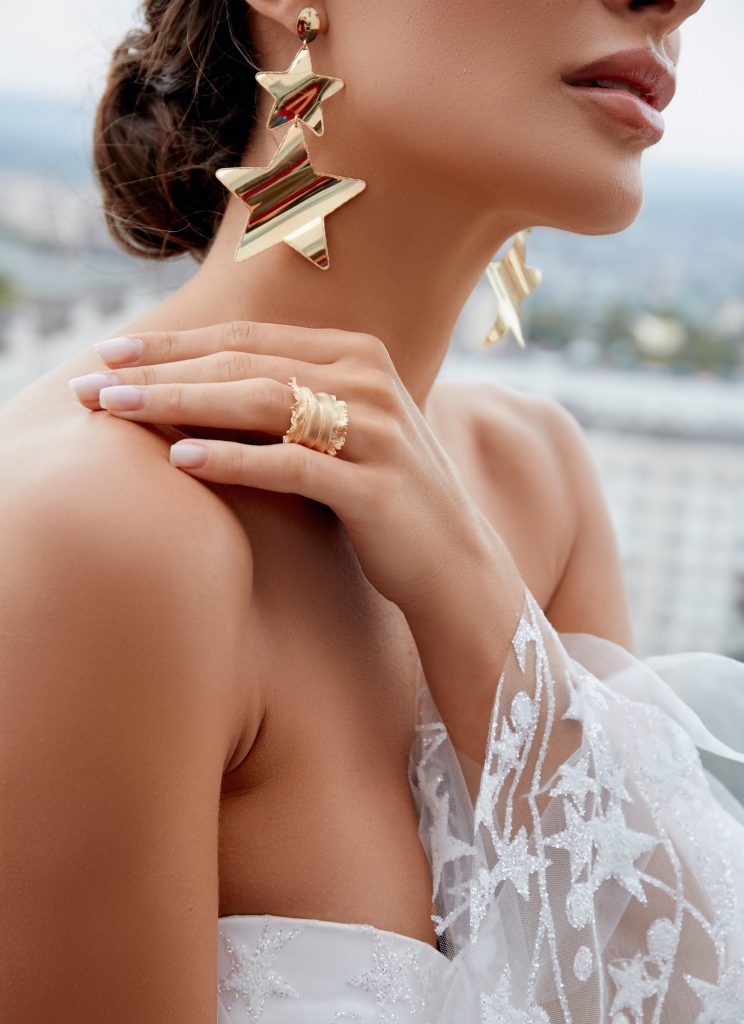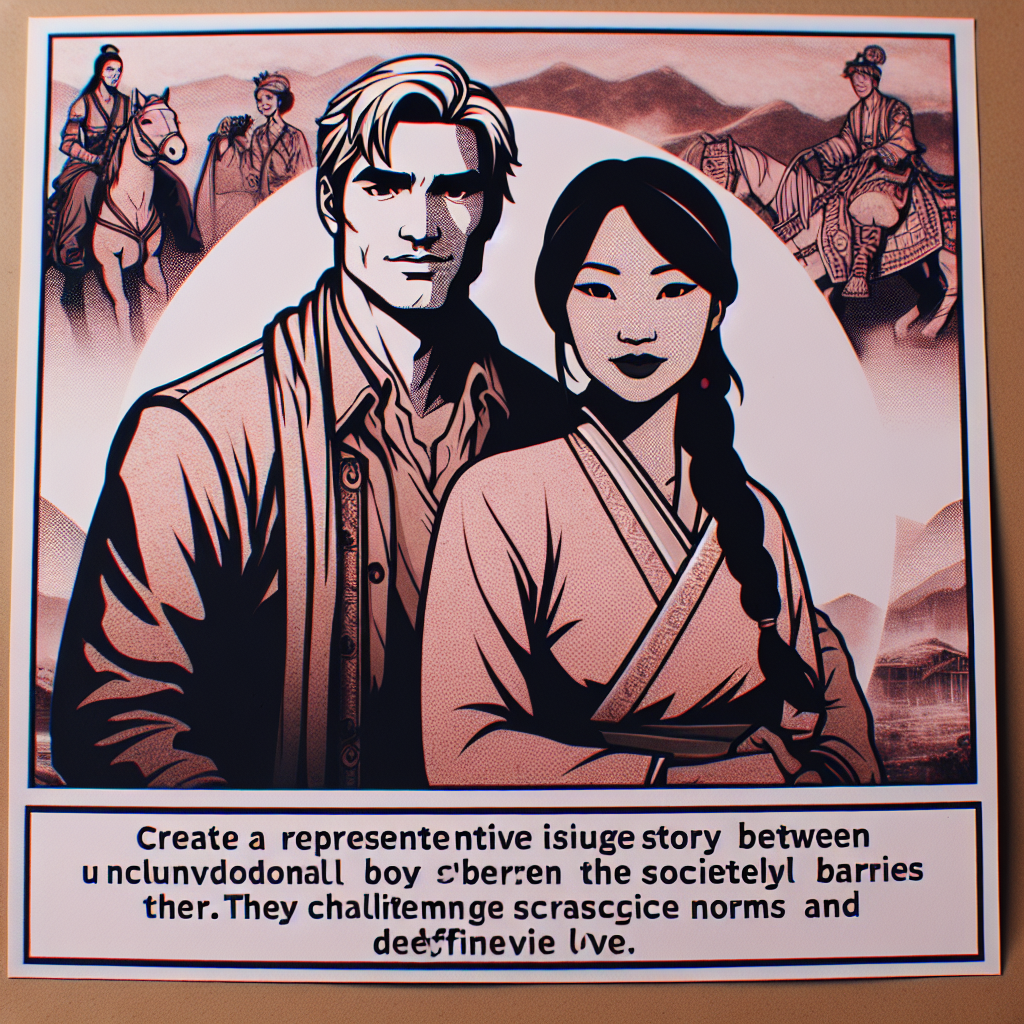Have you ever wondered about the story behind John Lennon and Yoko Ono’s unconventional relationship? Despite their deep love, the couple faced numerous challenges when it came to tying the knot. In this article, we’ll explore the reasons why John and Yoko couldn’t get married, shedding light on the legal and personal obstacles they encountered. From their public image to their personal beliefs, join us as we unravel the fascinating journey of John and Yoko’s quest for marital bliss. Get ready for a captivating tale that will leave you pondering the complexities of love and commitment. Disclosure: As an Amazon Associate, I earn from qualifying purchases.
1. John and Yoko’s Relationship
John and Yoko’s love story is one that captivated the world. From their first meeting to their decision to get married, their relationship was filled with passion, creativity, and a deep connection. Let’s delve into the different aspects that defined their journey together.
1.1 John and Yoko’s Meeting
John Lennon and Yoko Ono’s paths crossed in 1966 at a London art gallery, where they first laid eyes on each other’s work. This encounter sparked their interest and curiosity, leading them to explore each other’s artistic expressions further. They were immediately drawn to each other’s unique perspectives and shared a mutual fascination.
1.2 Love and Creative Partnership
As their relationship developed, John and Yoko discovered a profound connection that extended beyond love. They found solace, inspiration, and immense creativity in each other’s presence. Their artistic collaboration became an integral part of their bond, merging their talents in music, visual arts, and activism.
1.3 Living Together
Living together was a significant milestone for John and Yoko. They faced various challenges along the way, including legal and societal obstacles, but their devotion to each other remained steadfast. Their shared values and determination to challenge societal norms strengthened their commitment to their relationship.
1.4 Deciding to Get Married
Despite their deep love and commitment, John and Yoko faced hurdles when it came to legalizing their union. Their decision to get married was met with obstacles that ultimately prevented them from formalizing their relationship. This aspect of their journey added complexity to their love story, making it even more unique and impactful.
2. Legal Issues
John and Yoko’s desire to marry was hindered by legal issues that they had to navigate individually. Let’s explore the complexities they faced in their respective divorces and the legal requirements they had to meet.
2.1 John’s Divorce from Cynthia
Before John could consider marrying Yoko, he had to deal with the legal proceedings associated with his divorce from Cynthia, his first wife and the mother of his son Julian. The dissolution of his marriage introduced complexities and emotional strain that made the path to a new union challenging.
2.2 Yoko’s Divorce from Anthony
Similarly, Yoko had to resolve her own divorce from her previous husband, Anthony Cox, before she could move forward with John. The legal processes surrounding her divorce posed additional barriers to their desire to marry.
2.3 Marriage Laws and Requirements
Beyond the individual divorces, there were legal requirements and societal norms that made it difficult for John and Yoko to marry. These varied from jurisdiction to jurisdiction and included prerequisites such as residency, waiting periods, and consent from multiple parties. Navigating these requirements proved to be a formidable task for the couple.
2.4 Cultural and Societal Factors
The legal issues affecting John and Yoko’s ability to marry were further compounded by cultural and societal factors. Their unconventional relationship and public image as artists and activists often clashed with traditional notions of marriage prevalent at the time. These factors not only hindered their ability to formalize their union but also subjected them to criticism from various quarters.

3. John and Yoko’s Iconic Bed-In
In their quest to spread their message of peace and love, John and Yoko embarked on a unique form of protest known as a “bed-in.” These events captured the attention of the world and solidified their position as cultural icons. Let’s explore the significance of their Amsterdam and Montreal bed-ins.
3.1 Amsterdam Bed-In
The first bed-in took place in Amsterdam in 1969. John and Yoko’s decision to spend their honeymoon in a hotel room, inviting the press to witness and engage with their peaceful message, was a groundbreaking act. During their week-long “stay in bed for peace,” they held interviews, sang songs, and shared their vision of a world free from violence and strife.
3.2 Montreal Bed-In
Following the success of the Amsterdam bed-in, John and Yoko held another bed-in in Montreal later in the same year. This time, they chose Canada as the venue to amplify their message to the American audience. The couple remained in bed for a week, speaking passionately about peace while being surrounded by influential figures, musicians, and activists who echoed their sentiments.
3.3 Media Attention and Activism
The bed-ins garnered significant media attention, allowing John and Yoko to reach a global audience with their message of peace. By using their platform to promote nonviolence, they utilized their celebrity status to mobilize the masses and shine a spotlight on the urgent need for societal change. Their activism became an integral part of their relationship and solidified their role as advocates for a better world.
4. The Impact on their Relationship
The unique circumstances surrounding John and Yoko’s relationship had a profound impact on how they navigated their commitment to each other. Let’s delve into the various aspects that shaped their partnership.
4.1 Commitment and Symbolism
Despite not being able to legally marry, John and Yoko were highly committed to each other. Their bond went beyond societal conventions and traditional definitions of marriage. Through their activism and symbolic gestures, they expressed their dedication to love, peace, and equality, redefining the notion of a committed partnership.
4.2 The Unmarried Partnership
Choosing not to bind themselves within the confines of a traditional marriage, John and Yoko embraced the idea of an unmarried partnership. They saw their relationship as a testament to love and freedom, untethered from societal expectations. Their decision challenged long-held beliefs and served as an inspiration for individuals who sought unconventional paths to love.
4.3 Public Perception and Criticism
The public’s perception of John and Yoko’s relationship was varied and, at times, contentious. Some admired their unconventional approach, appreciating the sincerity behind their actions, while others viewed their choices with skepticism. The couple faced criticism for their activism, their public displays of affection, and their resistance to conforming to societal norms. However, they remained resilient in the face of adversity, steadfast in their belief that their love and message of peace were worthy of fighting for.

5. The Hypothetical Marriage
While John and Yoko were unable to legally marry during their time together, it is intriguing to consider what their wedding might have looked like and how their relationship would have evolved had they been able to tie the knot. Let’s explore this hypothetical scenario and its potential implications.
5.1 Imagining a Wedding
If John and Yoko had been able to marry, their wedding would likely have been a celebration of love, art, and peace. Given their status as cultural icons, it would have undoubtedly attracted media attention and driven conversations around their mission for a more compassionate world. Their wedding would have honored their shared values and further solidified their position as inspirations for generations to come.
5.2 Relationship After John’s Death
Inevitably, the hypothetical marriage would have impacted the trajectory of their relationship following John’s untimely death in 1980. Yoko would have had legal rights and recognition as a spouse, potentially influencing decisions regarding John’s estate and legacy. Moreover, the public perception and acknowledgment of their marriage would have amplified the cultural significance of their partnership.
5.3 Yoko’s Perspective
While we can only speculate about Yoko’s perspective on the matter, it is reasonable to assume that she may have wished to marry John, as she had advocated for their union throughout their relationship. The legal barriers they faced prevented them from fully realizing their vision of marriage, but their love and commitment endured, carrying them through the challenges they faced.
6. Cultural and Societal Significance
John and Yoko’s relationship challenged traditional notions of marriage and reimagined what a partnership could be. Their impact extended beyond their personal lives, leaving a profound mark on society and culture as a whole. Let’s explore the cultural and societal significance of their union.
6.1 Challenging Traditional Marriage
By pushing against societal norms and advocating for love and peace, John and Yoko challenged traditional ideas of marriage. They defied conventions, showing that commitment and partnership could exist without the need for legal validation. Their relationship became a symbol of individual agency and freedom, inspiring others to question established norms and embrace alternative paths to love.
6.2 Promoting Peace and Equality
Central to John and Yoko’s relationship was their mission to promote peace and equality. Through their activism, they used their platform to bring attention to global issues and encouraged others to become agents of change. Their dedication to creating a more compassionate world resonated with millions and had a lasting impact on how society viewed love, peace, and activism.
6.3 Symbolic Representation of Love
John and Yoko’s relationship stood as a symbolic representation of love’s power to transcend boundaries and challenge the status quo. Their unconventional approach to partnership showcased the depth and complexity of love, dismantling traditional expectations and embracing a more inclusive definition. Their love story became an inspiration for countless individuals who sought to forge their own paths and break free from societal constraints.

7. Controversy and Speculations
Throughout their relationship, John and Yoko faced controversy and speculations that added another layer of complexity to their already unique journey. Let’s explore some of the prominent controversies and criticism they encountered.
7.1 Conspiracy Theories
John and Yoko’s activism and their outspokenness against war and injustice attracted conspiracy theories and unfounded claims. From accusations of being government agents to speculations about their motives, these theories sought to discredit their message and undermine their impact. However, their unwavering determination and their authenticity resonated with those who recognized their genuine commitment to peace.
7.2 Personal and Political Criticism
As public figures, John and Yoko faced criticism from various quarters. Their unconventional approach to relationships, their activism, and their outspokenness often made them targets for personal attacks and political animosity. However, they persevered, using their platform to spread a message of love and peace, undeterred by the negativity that surrounded them.
7.3 Misinterpretation of Intentions
Misinterpretations of John and Yoko’s intentions were common, with some perceiving their actions as attention-seeking or publicity stunts. However, those who closely followed their journey recognized that their intentions were rooted in their genuine desire for a better world. Their actions carried a depth and sincerity that went far beyond superficial interpretations, demonstrating their unwavering commitment to their beliefs.
8. Legal Recognition and Changing Times
As societal values evolved, so did the legal recognition of relationships. Let’s explore how changing times have played a role in recognizing and supporting diverse forms of partnership, including the LGBTQ+ rights movement.
8.1 Same-Sex Marriage Movement
The fight for same-sex marriage rights gained momentum in many countries worldwide. Advocacy efforts and legal battles resulted in significant progress, with laws gradually changing to recognize and validate same-sex partnerships. This shift in societal attitudes and the recognition of love’s diverse expressions paved the way for greater inclusivity and acceptance.
8.2 Advocacy for Relationship Freedom
Alongside the same-sex marriage movement, advocacy for relationship freedom gained traction. Individuals and groups began challenging the narrow definition of marriage and searching for alternative paths to partnership. The recognition and acceptance of diverse forms of commitment have widened, breaking down barriers and promoting a more inclusive understanding of love.
8.3 Posthumous Recognition and Rights
In some cases, posthumous recognition of relationships has occurred, granting legal rights and recognition to partners who were previously denied. This recognition ensures that the legacies and wishes of individuals are respected, even after their passing. It represents a societal acknowledgment of the importance of relationships outside of traditional marriage.

9. Legacy and Cultural Influence
John and Yoko’s legacy extends far beyond their time together. Their impact on art, peace activism, and cultural movements has resonated with future generations, inspiring countless individuals to challenge conventions and strive for a better world.
9.1 Artistic Collaborations
Throughout their relationship, John and Yoko collaborated on various artistic endeavors that challenged established norms and pushed boundaries. From experimental music to avant-garde visual art, their creative outputs redefined artistic possibilities and influenced generations of artists to follow.
9.2 Peace Activism
John and Yoko’s dedication to peace activism left an indelible mark on society. Their messages of love and nonviolence continue to resonate with activists and individuals striving for a more peaceful world. Their legacy as peace advocates serves as a reminder of the power of love and the importance of using one’s voice and influence to effect positive change.
9.3 Inspiration for Future Generations
John and Yoko’s unconventional love story has inspired countless individuals to follow their hearts, challenge societal norms, and embrace love in all its forms. Their ability to create a meaningful partnership outside of traditional marriage has opened doors for those who seek alternative paths to connection and commitment. Their influence on future generations will continue to shape the ways in which relationships are formed and sustained.
10. Conclusion
John and Yoko’s relationship remains a remarkable love story that transcended conventional boundaries. Their journey together, from their meeting to their activism and artistic collaborations, made an indelible impact on society. Although they were unable to legally marry, their commitment to each other and their shared vision of love and peace soared above societal expectations. Their legacy will forever be remembered as a powerful testament to the transformative power of love, the pursuit of equality, and the importance of pushing boundaries.
Disclosure: As an Amazon Associate, I earn from qualifying purchases.

